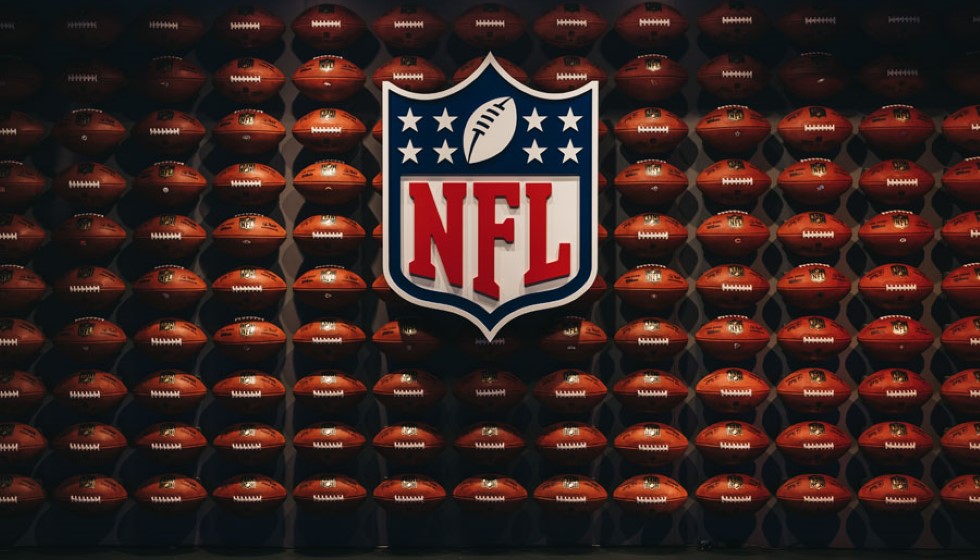
In May 2023, the sports world was abuzz with the news that NFL icon Tom Brady was in discussions to become a limited partner of the Las Vegas Raiders. The proposition of having one of the most celebrated players in NFL history transitioning into an ownership role was met with enthusiasm and intrigue among fans, commentators, and industry stakeholders.
However, as the months have rolled on, the progression of this deal has encountered significant scrutiny. Despite the initial wave of excitement, Brady's purchase of a stake in the Raiders remains unapproved more than a year later. The delay is primarily attributed to apprehensions within the upper echelons of NFL ownership circles.
Ownership Concerns and Discounted Stakes
One of the key sticking points in this potential partnership is Raiders owner Mark Davis's proposal to offer Brady a "steep discount over market value." This proposition has generated friction among NFL owners who are concerned about the broader implications. The apprehension stems from fears that such a precedent might result in inequities and challenges in maintaining financial parity within the league. A discounted entry, especially for a figure as prominent as Brady, could trigger a domino effect where other high-profile figures seek similar concessions.
Beyond financial terms, owners are equally cautious of the level of access a high-profile partial owner like Brady might gain within the league's inner sanctums. To address these concerns, the NFL has proactively drafted a series of stringent broadcast restrictions to manage potential conflicts of interest, particularly due to Brady’s possible dual role as an owner and a future broadcaster.
Broadcast Limitations and League Protocols
During a recent league meeting held in Minneapolis, the NFL owners were presented with a slide titled "Brady -- Broadcast Restrictions," which delineated the specific limitations that would be imposed on Brady should his ownership bid be approved. These guidelines aim to delineate clear boundaries and maintain the integrity of the league's operations.
As outlined in the presentation, Brady would face several notable restrictions:
- Brady would be barred from being present in any other team's facility and witnessing their practices.
- He would not be allowed to attend broadcast production meetings.
- He would face fines or suspensions if he oversteps in his critique of game officials or other clubs.
Additionally, the league's existing gambling and anti-tampering policies would fully apply to Brady, further limiting his interactions within the league. According to the rules, Brady would be permitted only "strictly social communication with members of other clubs."
Next Steps in the Approval Process
As the wait for a resolution continues, anticipation builds towards October, when NFL owners are slated to reconvene and vote on Brady's proposal. While the specifics of the discussions and negotiations remain confidential, it is evident that the NFL is meticulously considering all dimensions of this potential partnership to ensure it aligns with the league’s standards and precedents.
The integration of a figure like Tom Brady into the NFL's ownership ranks would undeniably be a landmark event. Yet, the path to consummating such a deal is fraught with complexities that extend beyond mere financial transactions. The convergence of celebrity ownership, market valuations, and regulatory oversight highlights the intricate dynamics that underpin major sporting leagues today.
In conclusion, the proposed collaboration between Tom Brady and the Las Vegas Raiders is emblematic of the evolving contours of the NFL, where the interweaving of storied legacies and modern business practices come to the fore. As we edge closer to the anticipated October vote, the sporting community remains watchful, eager to see how this chapter in the NFL's storied history will unfold.